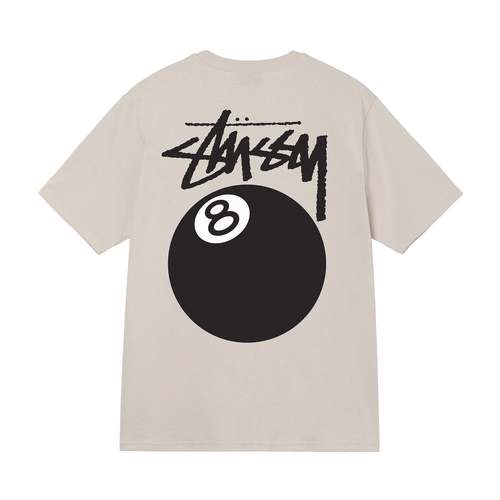The performance index of fabric is one of the important indicators for evaluating the characteristics of clothing. By understanding these metrics, you can better choose clothing that suits your needs. The following are several common fabric performance indicators and their interpretation:
1. Breathability: Breathability is the ability of air and water vapor in a fabric to pass through. Fabrics with good breathability allow the body to breathe easier, keeping you dry and comfortable. Higher breathability is generally suitable for sportswear or summer wear.
2. Hygroscopicity: Hygroscopicity refers to the ability of fabrics to absorb and hold moisture. Highly hygroscopic fabric absorbs sweat quickly to keep your body dry. This is especially important for sportswear and summer wear.
3. Quick-drying: Quick-drying refers to the ability of a fabric to quickly evaporate water after absorbing moisture. Fast-drying fabrics can dry quickly in humid environments or after washing. This is more practical for clothing for outdoor activities or travel.
4. Elasticity: Elasticity refers to the degree of deformation and recovery ability of a fabric when it is stressed. Fabrics with sufficient elasticity can increase wearing comfort and flexibility, suitable for sportswear and tight-fitting clothing.
5. Wrinkle resistance: Wrinkle resistance refers to whether the fabric is prone to wrinkles during folding, compression or wearing. Fabrics with better wrinkle resistance can reduce wrinkles caused by daily wear and make clothes look neater.
6. Wear resistance: Wear resistance indicates the durability of the fabric under external forces such as friction, stretching or wear. Fabrics with good wear resistance are more durable and suitable for situations where they are worn frequently or need to withstand heavy pressure.
7. Anti-UV function: Fabrics with anti-UV function can filter out a certain proportion of ultraviolet rays and protect the skin from ultraviolet damage. This is especially important for people who do outdoor activities or work outdoors for long periods of time.
The above are some common fabric performance indicators and their interpretation. When purchasing clothing, you can refer to these indicators and choose fabrics that meet your needs and preferences to ensure you get the best wearing experience in different environments.








